How To Optimize WordPress
As time progresses and more plugins and content get added to your WordPress site, you may find your site’s performance becoming a little “sluggish.” Optimizing your WordPress site and database can help improve your site’s performance, make pages load faster on web browsers, etc.
This section provides tutorials on ways to optimize your WordPress site.
Click on the links below to view tutorials related to optimizing WordPress:
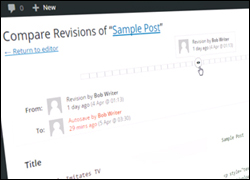
WordPress Plugins For Managing WordPress Post Revisions
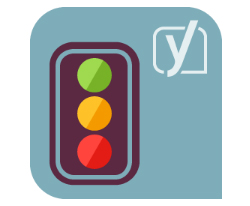
How To Optimize Your WordPress Site For Search Engines With Yoast SEO Plugin
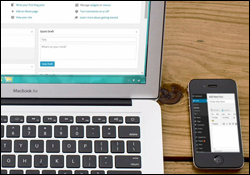
Is Your WordPress Site Optimized For Mobile Devices?
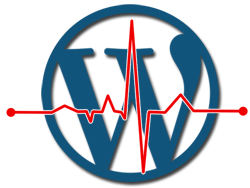
Monitor Website Health From Your WordPress Dashboard
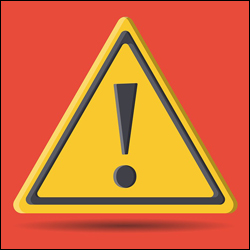
WP Total Audit – Find And Fix Common WordPress Errors
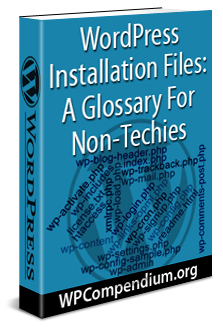
WordPress Installation Files: A Glossary For Non-Techies
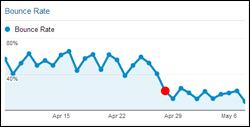
WordPress And Google Analytics – How To Reduce Bounce Rate
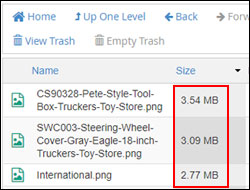
Using Images In WordPress – How To Reduce Image File Size In Your Server
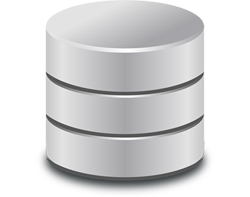
WordPress Database Management – Backup Your WordPress Database
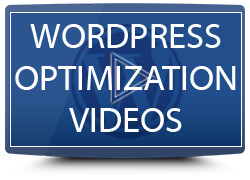
WordPress Optimization Video Tutorials

WordPress Traffic Automation Blueprint – Part 5 (Optimization)

How To Test Your WordPress Site’s Mobile Friendliness Using Google TestMySite
Learn WordPress Faster With Video Courses
If videos are your preferred method of learning, visit WPMasterclasses.com for dozens of video courses and 2,000+ video tutorials on WordPress and digital business.
Free eCourse For WordPress Users
Enter your details in the form below to subscribe…
***
"If you're new to WordPress, this can stand on its own as a training course and will stay with you as you progress from beginner to advanced and even guru status." - Bruce (Columbus, Ohio)


